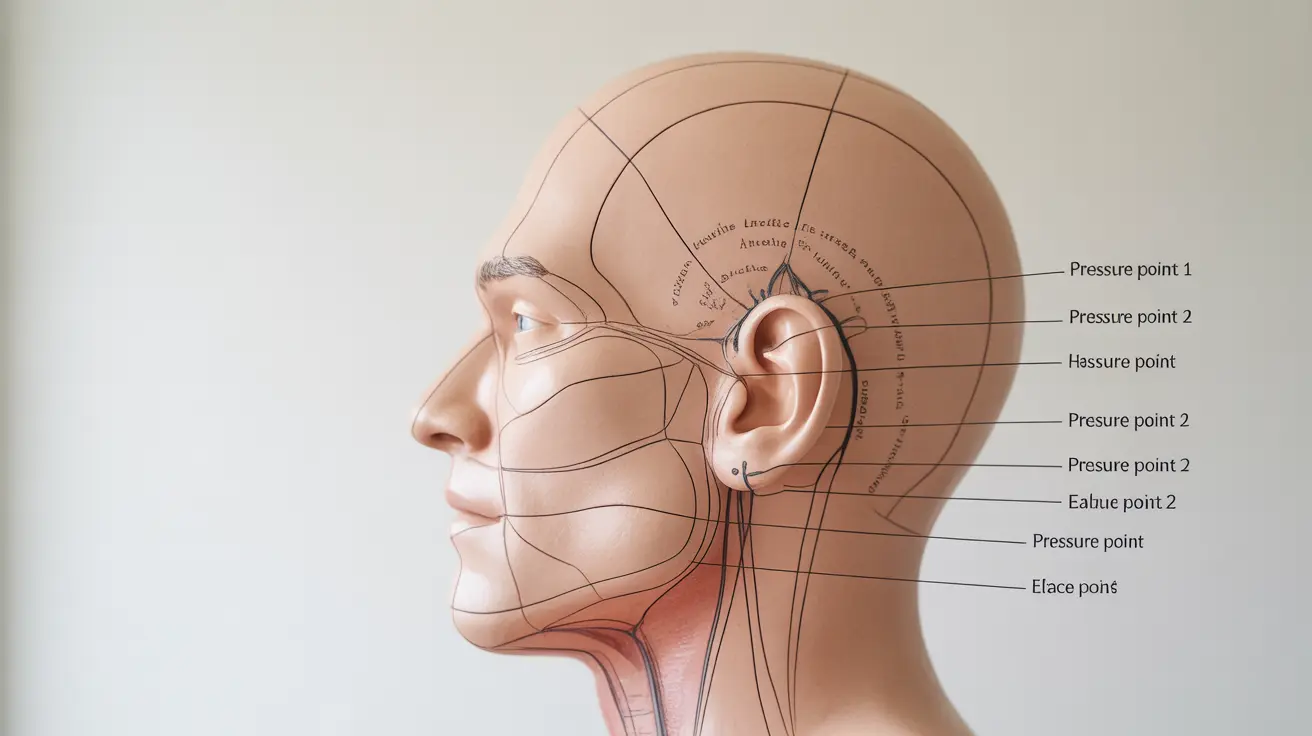Experiencing a headache and earache simultaneously can be particularly distressing and may signal various underlying health conditions. Understanding the connection between these symptoms and their potential causes is crucial for seeking appropriate treatment and relief.
While these symptoms can occur independently, their simultaneous presence often indicates specific medical conditions that require attention. Let's explore the common causes, symptoms, and treatment options for concurrent headache and earache.
Common Causes of Simultaneous Headache and Earache
Several medical conditions can trigger both headache and ear pain at the same time:
Middle Ear Infections (Otitis Media)
Middle ear infections commonly cause both ear pain and headaches. The infection creates pressure within the ear canal, leading to pain that can radiate and trigger headaches. Symptoms often include:
- Ear pain and pressure
- Fluid drainage from the ear
- Fever
- Difficulty hearing
- Headache, particularly on the affected side
Sinus Infections (Sinusitis)
Sinus infections frequently cause both types of pain due to inflammation and pressure in the sinus cavities. Common symptoms include:
- Facial pressure and pain
- Nasal congestion
- Post-nasal drip
- Ear pressure and pain
- Headache, especially in the forehead area
TMJ (Temporomandibular Joint) Disorders
TMJ disorders can cause significant discomfort in both the ear and head regions due to the joint's proximity to the ear canal. Characteristic symptoms include:
- Jaw pain and clicking
- Ear pain without infection
- Temple headaches
- Difficulty chewing
- Face and neck pain
When to Seek Medical Attention
While some cases of headache and earache may resolve on their own, certain symptoms warrant immediate medical attention:
- Severe or persistent pain
- High fever
- Dizziness or vertigo
- Changes in hearing
- Facial weakness or numbness
- Fluid drainage from the ear
Treatment Approaches
For Ear Infections
Treatment typically involves:
- Antibiotics (if bacterial)
- Pain relief medications
- Warm compresses
- Decongestants
- Rest and hydration
For Sinus-Related Issues
Common treatments include:
- Nasal decongestants
- Saline nasal sprays
- Steam inhalation
- Antihistamines
- Antibiotics (if bacterial)
For TMJ Disorders
Management often includes:
- Jaw exercises
- Stress reduction techniques
- Night guards
- Anti-inflammatory medications
- Physical therapy
Frequently Asked Questions
What are the most common causes of having a headache and earache at the same time? The most common causes include middle ear infections, sinus infections, and TMJ disorders. These conditions can create pressure and inflammation that affect both the ear and head regions.
How can middle ear infections lead to both ear pain and headaches? Middle ear infections cause fluid buildup and inflammation in the ear, creating pressure that can trigger both ear pain and headaches. The pressure can affect surrounding nerves and tissues, resulting in radiating pain.
What are the symptoms of temporomandibular joint (TMJ) disorder that cause headaches and earaches? TMJ disorders typically cause jaw pain, clicking or popping sounds when moving the jaw, ear pain without infection, temple headaches, and difficulty chewing or opening the mouth fully.
When should I see a doctor if I experience simultaneous headache and earache? Seek medical attention if you experience severe or persistent pain, high fever, changes in hearing, facial weakness, dizziness, or fluid drainage from the ear.
What treatments are available for headaches and earaches caused by sinus infections or ear infections? Treatment options include antibiotics (if bacterial), pain relievers, decongestants, nasal sprays, and warm compresses. The specific treatment plan depends on the underlying cause and severity of symptoms.




